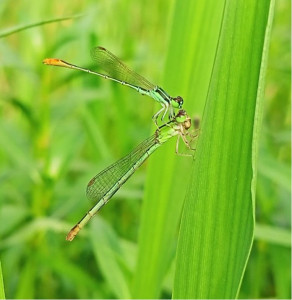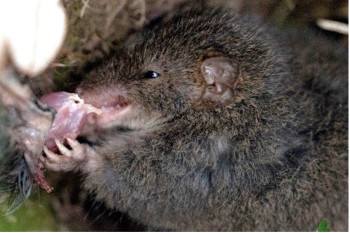© Pint of Science, 2025. All rights reserved.
“Parasitism rates in damselflies are affected by climatic variation”
Shatabdi Paul, PhD Student
Planet Earth
 |
 |
Climate change is a strong force that impacts host-parasite interactions, potentially leading to the extinction of host species. Greater intensity of parasitism, measured by the number of parasites leeching off a host, and greater prevalence, measured by the number of organisms in a population infected by a parasite, are costs to the host species’ ability to survive and reproduce. This prevalence and intensity varies within and across species due to factors such as sex, developmental stage, immunity, resistance, and the environment. Studies on parasitism in vertebrates reveal that the cost of parasitism is consistently greater in males than in females. However, in insects, the pattern is less obvious.
Shatabdi’s research centres on agriocnemis damselflies, commonly known as wisps. She finds that sex and developmental stage of the damselflies host are uncorrelated factors that impact parasitism. Although there was no difference in prevalence between sexes, a greater number of immature females than mature females were infected by parasites. On the other hand, parasite intensity was more significant in females than males and in immature females than mature females. In all cases, parasitism did not significantly reduce damselflies’ survivability.
She studied the effect of climatic variation in parasitism of damselflies by comparing damselflies in different hemispheres of the world: in Bangladesh of the northern hemisphere and in Australia of the southern hemisphere. Damselflies in Bangladesh had a higher parasitism rate compared to those in Australia.
“Understanding how the prevalence and impact of parasitism varies across populations and in different climatic conditions will help identify insects that are vulnerable under the changing climate.” - Shatabdi
As her PhD journey continues, Shatabdi intends to better understand how the host and parasite interact and evolve with the changing climate and address how the interaction is shaped by behavioural, nutritional, and immunological variations.




